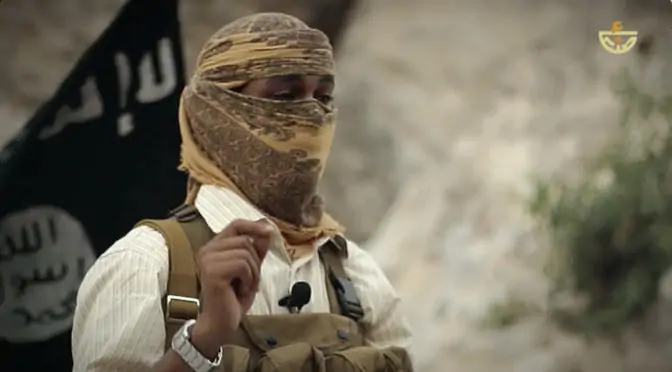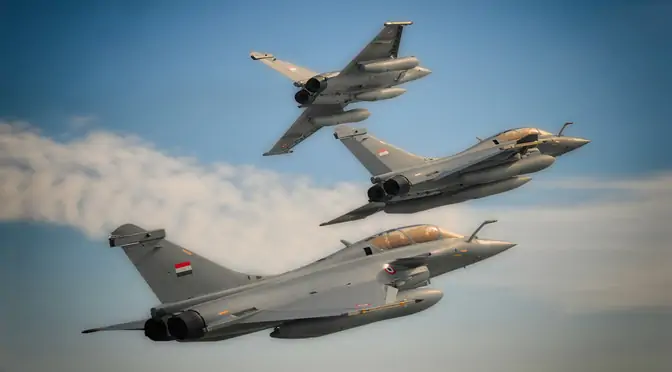Recently, announcements have been made regarding the acceptance of a UN-facilitated peace agreement with a framework to form a Government of National Accord (UN News Centre, January 2, 2016). However, only 88 lawmakers from the rival governments were in attendance at the signing, while the Deputy Speaker of the GNC stated on January 2nd that the GNC rejects the agreement, and the attending lawmakers represented “only themselves” – signifying difficulties and confusion regarding a fully-endorsed agreement by both sides (Abbas, Albawaba News, January 2, 2016; DePetris, Quartz, January 1, 2016). Furthermore, although the peace deal is supported by the international community and the UN has promised to support Libya in its transition (Ibid; Narayan and Robertson, CNN, December 17, 2015), …
Continue reading “Scenarios for the Future of Libya – Sc 2 (3) Egypt Intervenes on the Nationalist Side”
The remaining part of this article is for our members and those who purchased special access plans. Make sure you get real analysis and not opinion, or, worse, fake news. Log in and access this article.











